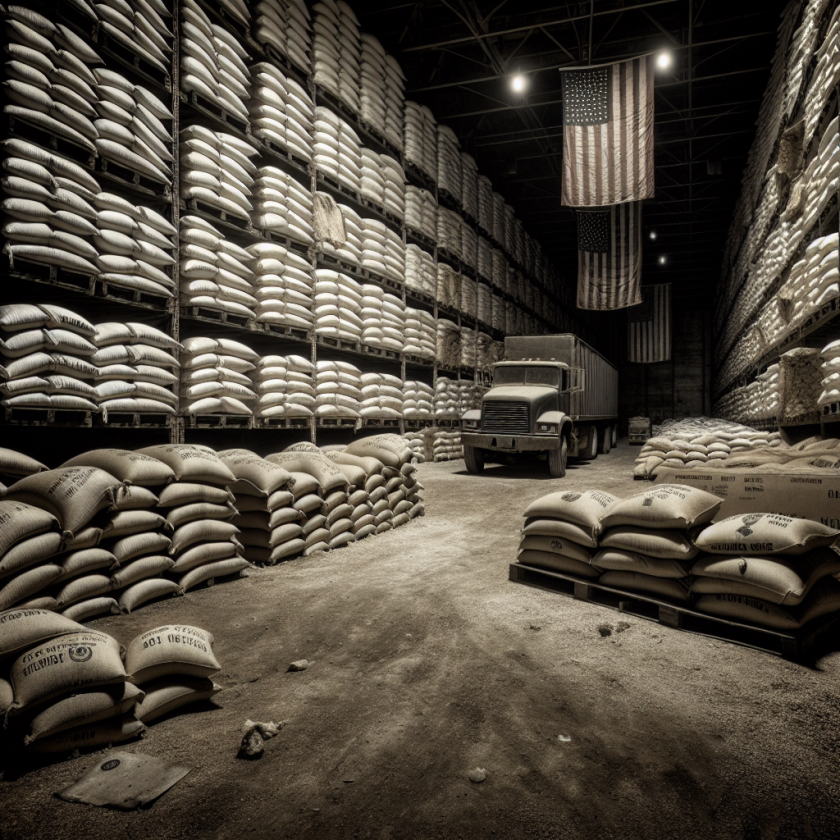Trump Confirms Tariffs on Canada and Mexico Proceeding as Planned
Trump Confirms Tariffs on Canada and Mexico Proceeding as Planned
Introduction
In a significant move impacting North American trade relations, former President Donald Trump confirmed that tariffs on Canada and Mexico would proceed as initially planned. This decision underscores the administration’s commitment to reshaping trade dynamics with its neighboring countries.
Key Details of the Tariff Plan
- Targeted Goods: The tariffs primarily focus on steel and aluminum imports, aiming to protect U.S. industries from foreign competition.
- Percentage Rates: The tariffs impose a 25% duty on steel and a 10% duty on aluminum imports from Canada and Mexico.
- Implementation Timeline: The tariffs are set to be implemented immediately, with no delays anticipated.
Rationale Behind the Tariffs
The Trump administration argues that these tariffs are essential for national security and economic stability. By imposing these duties, the administration seeks to:
- Boost domestic production of steel and aluminum.
- Reduce dependency on foreign imports.
- Protect American jobs in the manufacturing sector.
Reactions from Canada and Mexico
Both Canada and Mexico have expressed strong opposition to the tariffs, citing potential negative impacts on trade relations and economic growth. Key concerns include:
- Potential retaliatory tariffs on U.S. goods.
- Disruption of integrated supply chains across North America.
- Increased costs for consumers and businesses.
Conclusion
The confirmation of tariffs on Canada and Mexico marks a pivotal moment in U.S. trade policy under the Trump administration. While intended to bolster domestic industries, the move has sparked significant controversy and could lead to broader economic implications. As the situation unfolds, stakeholders will closely monitor the impact on international trade dynamics and economic relations in North America.







































